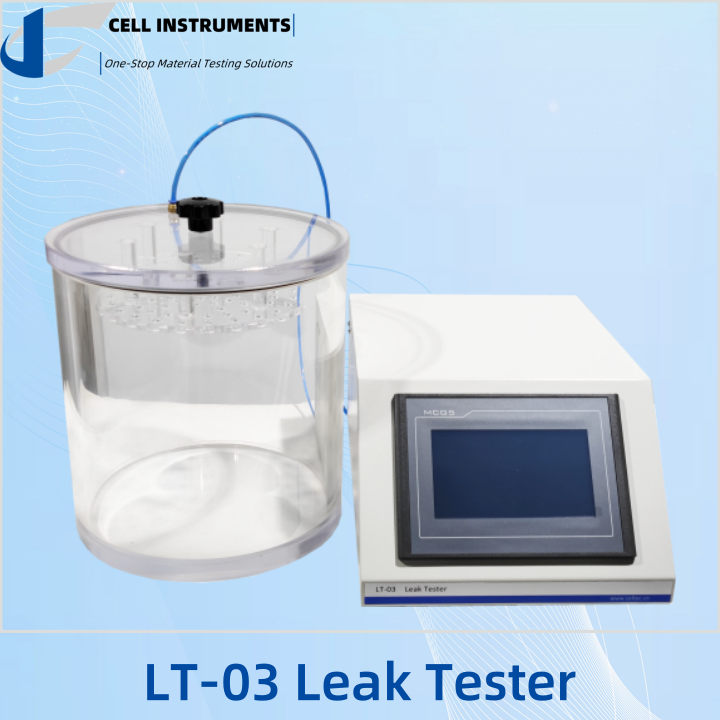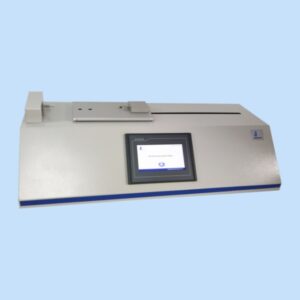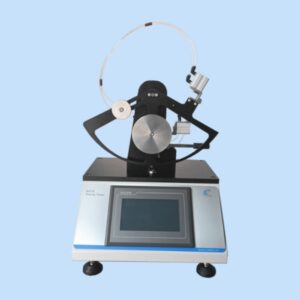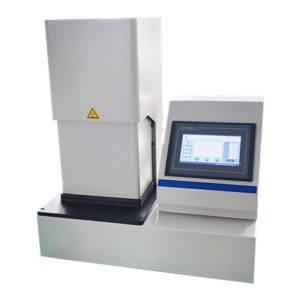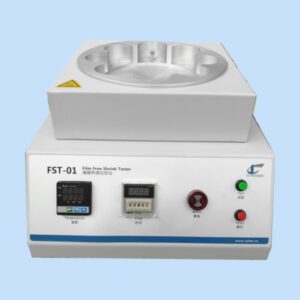MLT-01 Micro Leak Tester
I. Introduction of Vacuum Decay Leak Test Equipment
1. Brief Introduction to the Vacuum Decay Leak Test Method
The vacuum decay method is a non-destructive technique used to detect leaks in sealed packages. This method involves creating a vacuum in a test chamber and monitoring the change in pressure over time. Any increase in pressure indicates the presence of a leak. This technique is highly valued in various industries due to its accuracy, reliability, and efficiency in ensuring product integrity.
2. Applications
- Packaging: Ensuring that packages are leak-free to maintain product quality and safety.
- Medical Device Materials and Packaging: Verifying the sterility and integrity of medical devices and their packaging.
- Pharmaceutical Testing: Ensuring that pharmaceutical products are free from contamination and maintain their efficacy.
- Food and Beverages: Preventing spoilage and maintaining the freshness of food and beverages.
- Adhesives: Ensuring the effectiveness and reliability of adhesive products.
- Electronics: Detecting leaks in electronic components to prevent damage and ensure functionality.
- Quality Inspection Agencies: Providing reliable and accurate leak detection for various products to ensure compliance with industry standards.
3. Features and Advantages
- Non-destructive Testing Method: Allows for the preservation of the tested samples, making it ideal for high-value products.
- Operated via a PLC System and an HMI Human-Machine Interface: Ensures ease of use and efficient operation.
- Tailored Chamber Sizes: Offers customization to meet specific testing requirements.
- High Sensitivity for Detecting Minute Leaks: Capable of identifying even the smallest leaks, ensuring high precision.
- Effective Leak Rate Calculation: Provides accurate measurements of leak rates.
- Straightforward and Highly Efficient Method: Simplifies the testing process with primary steps including filling, settling, and testing.
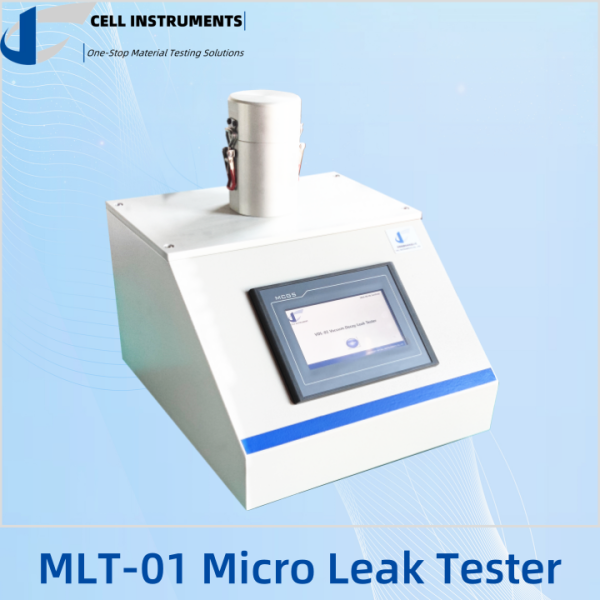
II. Technical Specifications
| Test Range | 1Pa |
| Sensitivity | 1~3μm |
| Chamber size | Made-On-Demand |
| Vacuum pump | to be prepared by user |
| Power Supply | AC 110~220V 50Hz |
III. Vacuum Decay Test Methods
1. Principle of Vacuum Decay Method
The vacuum decay leak test method operates on the principle of pressure change detection. When a vacuum is applied to a sealed test chamber, any leaks in the tested package will cause a change in the pressure inside the chamber. By monitoring this pressure change over time, the presence and size of leaks can be determined.
2. Step-by-Step Testing Procedure
- Preparation of the Sample: The sample is placed inside the test chamber.
- Calibration of the Instrument: The equipment is calibrated to ensure accurate measurements.
- Performing the Vacuum Test: A vacuum is applied to the chamber, and the pressure is monitored.
- Analyzing and Interpreting the Results: The pressure change data is analyzed to determine the presence and size of leaks.
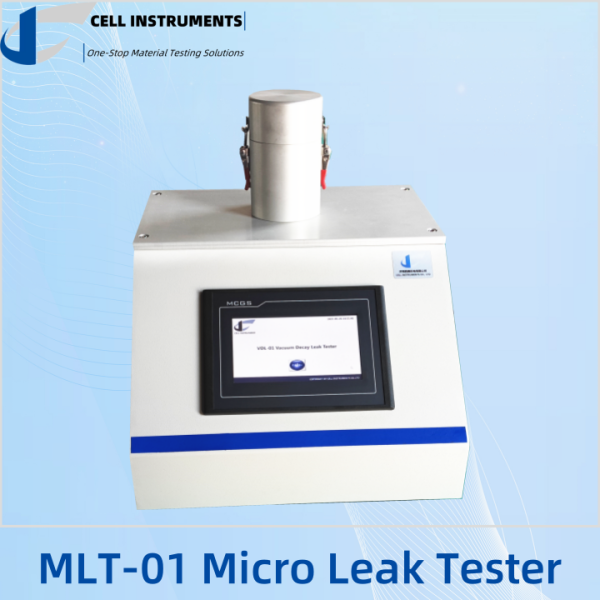
IV. Compliance with ASTM F2338
1. Overview of ASTM F2338 Standard
ASTM F2338 is the standard test method for non-destructive detection of leaks in packages by vacuum decay method. This standard provides guidelines for conducting the test, ensuring accuracy and reliability in leak detection.
2. Vacuum Decay Method Key Requirements and Specifications
- Vacuum Decay Test Equipment Calibration: Ensuring that the vacuum decay leak testing equipment is accurately calibrated.
- Vacuum Decay Leak Test Procedures: Detailed steps for performing the vacuum decay method.
- Vacuum Decay Test Data Analysis: Guidelines for interpreting the results and determining leak rates.
V. FAQs
A1: Vacuum decay leak testing is a non-destructive method that detects leaks by measuring pressure changes in a vacuum chamber containing the test item.
A2: It offers high sensitivity and accuracy, is non-destructive, and can detect very small leaks, making it more effective than some other methods.
A3: Various packaging types including flexible, rigid, and semi-rigid containers, as well as blister packs and pouches, can be tested.
A4: The equipment can detect leaks as small as 1-3 μm, making it highly sensitive and reliable for various applications.




